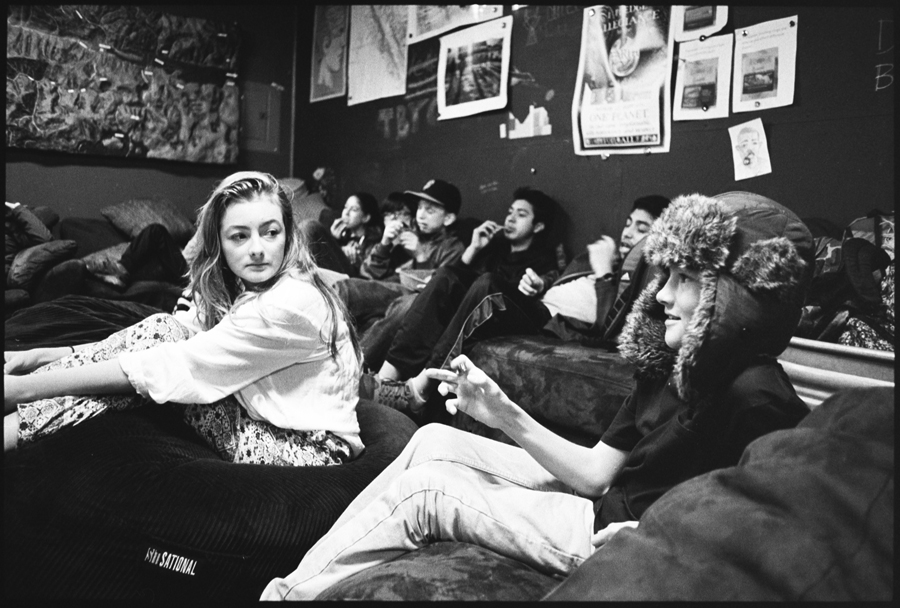Despite being one of the wealthiest counties in the United States, Marin still suffers from its share of social problems, among them kids who . . .
Restorative justice practices taking root in West Marin


Despite being one of the wealthiest counties in the United States, Marin still suffers from its share of social problems, among them kids who . . .